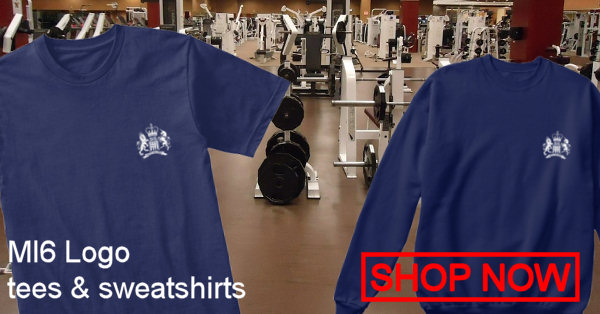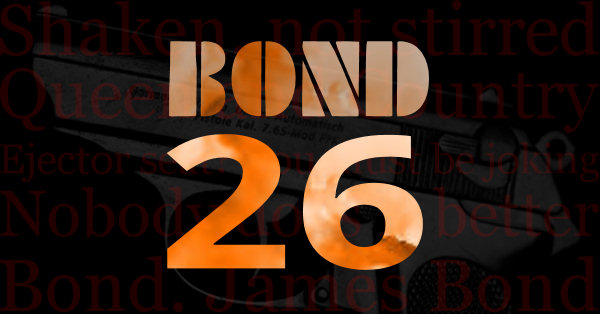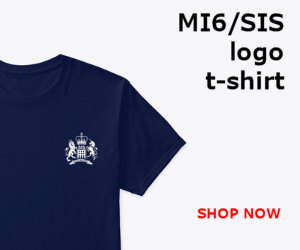A look at some of the errors Ian Fleming made when arming 007.
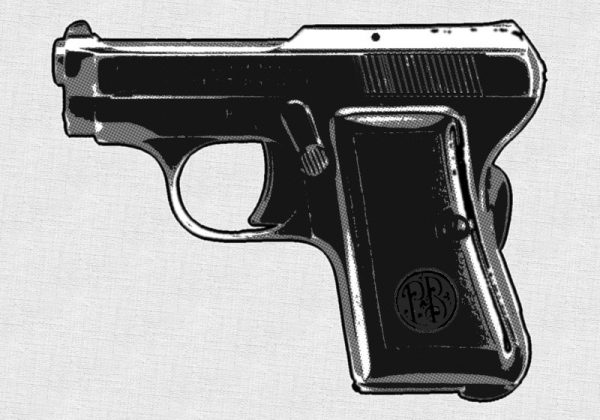
One key feature of Ian Fleming’s writing was his eye for detail. He wrote with an authoritative style that made the books utterly convincing.
But while many facts in the books are correct, he sometimes slipped up.
One key area in which he made a number of errors is firearms. And while from Dr No onwards he was in touch with a gun expert who provided Fleming with correct information, errors continued to work their way into his writing.
For most of us these mistakes are unimportant as we lack detailed knowledge of firearms. Fleming’s style convinces us that he knows what he is talking about.
But it is interesting to see where he went wrong on occasion.
Arming 007
Fleming held a firearms licence and owned a several guns. The two of principal interest here are a .25 Browning automatic from his days in Naval Intelligence and a .38 Colt Police Positive with the inscription “For Special Services”. This was given to him by the founding father of the CIA, Bill Donovan, for providing a template with which to set up the Office of Strategic Services (OSS), the precursor to the CIA.
When Fleming came to arm Bond, his choice of a .25 Beretta was perhaps influenced by his ex-service Browning. It was a tiny weapon, fitting into the palm of a hand. But while easily concealed, it also lacked firepower.
He also made an error with the .45 Colt Army Special hidden in Bond’s Bentley. Over its lifetime the Army Special (from 1927 it was known as the Colt Official Police) was chambered in a number of calibres but never .45.
It is likely that Fleming intended this gun to be the Colt Model 1909 US Army, chambered for .45 ammunition, or M1917, a version of the same revolver chambered to take .45 ACP automatic rounds.
Enter the armourer
Geoffrey Boothroyd was a gun collector with some 45 weapons in his collection and specialised in fast draw and shoot. He was a fan of the Bond novels but rather unimpressed by the Beretta.
In a long letter to Fleming dated 23rd May 1956 he spelt out why he thought Bond should change his weapon. He also suggested Bond should use a revolver rather than an automatic and recommended a couple of guns.
Boothroyd’s first letter to Fleming is published in The Man with the Golden Typewriter: Ian Fleming’s James Bond Letters, edited by his nephew Fergus. Chapter 7 is titled Conversations with the Armourer and contains much of their correspondence.
In place of the Beretta he proposed a .38 Special Smith & Wesson Centennial Airweight to be carried in a Berns Martin Triple Draw holster. While it can be used as a shoulder holster, Boothroyd recommended Bond wear it on his belt.

In the car he suggested Bond keep a Smith & Wesson .357 Magnum with 6½ inch barrel. As well as being a powerful weapon it has the advantage of being able to use the .38 Special ammunition of the Centennial Airweight, although not vice versa. For this Boothroyd selected it ahead of the more powerful .44 Magnum.
Fleming thanked Boothroyd for his suggestions and said that while the information was too late for his next book (From Russia, with Love), he would make some changes to Bond’s weapons in the following book. He went on to ask for advice on guns that might be carried by Russian agents. Boothroyd’s suggestions included the Walther PPK 7.65mm, which he described as in the “class of weapons similar to the Beretta but of rather better quality”.
And after being asked about silencers Boothroyd was adamant that Bond should avoid using one at all cost.
However, Fleming did ask for his assistance for the artwork for From Russia, with Love, which turned out to be a saga in its own right.
Dr No
Fleming attempted to incorporate Boothroyd’s advice into his next book, Dr No, thanking Boothroyd by giving his name to the armourer. Unfortunately he made a number of errors.
Wanting Bond to continue using an automatic, Fleming equipped him with a Walther PPK 7.65mm, which Boothroyd had suggested for a Russian agent.
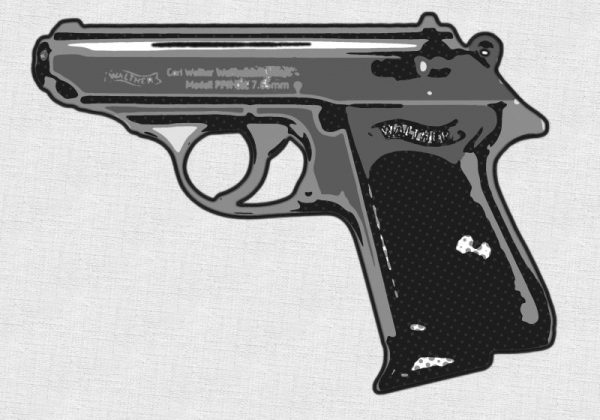
However, Fleming had Bond carry the Walther in the Berns Martin holster, which Boothroyd had suggested for the Smith & Wesson Centennial Airweight.
However, the holster can only be used for revolvers due to the way it holds the gun.
Furthermore, he confused details of the S&W Centennial Airweight with those of the .357 Magnum.
M interrupts Major Boothroyd when he tries to explain the Centennial Airweight comes in “various barrel lengths, three and a half inch, five inch”. In fact the barrel length of the Centennial Airweight was 2 inches, the latter details belonging to the magnum.
Boothroyd wrote to Fleming following the publication of Dr No to point out that the Berns Martin could only be used with a revolver. All the same this error was repeated in Goldfinger and For Your Eyes Only. Boothroyd also pointed out the the .30 calibre US Army Remington Carbine carried by Dr No’s men should have been a Winchester.
The Spy Who Loved Me
There isn’t much of a traditional Bond adventure to be found within the pages of The Spy Who Loved Me. Instead the book is written from the point of view of the female protagonist, Vivienne Michel.
According to her account Bond lent her a “Smith and Wesson Police Positive”.
But the Police Positive was a Colt, as Fleming should well have known. Bill Donovan gave him the same model for assisting him with his blueprint for the OSS.
Read more about James Bond’s guns here
